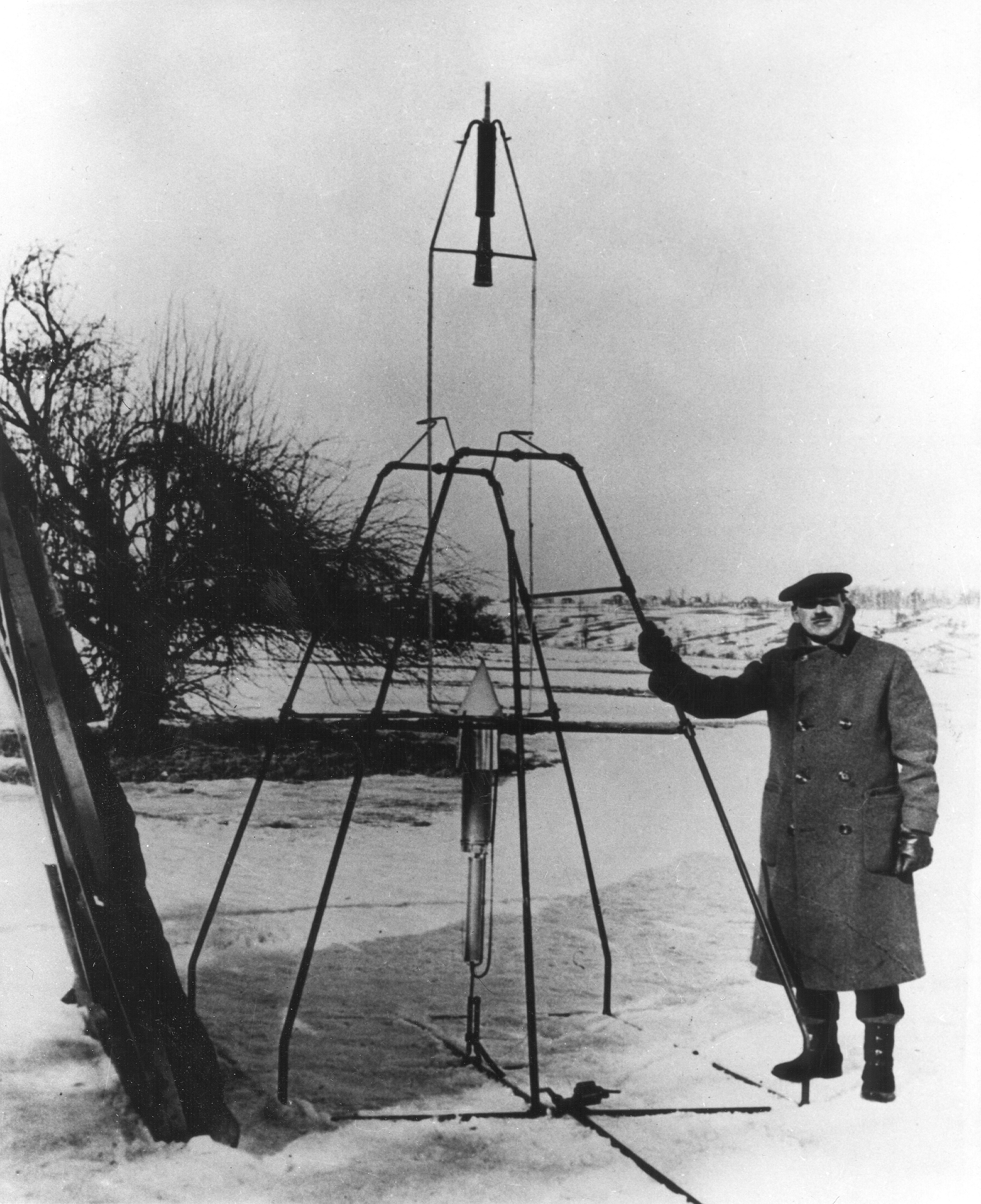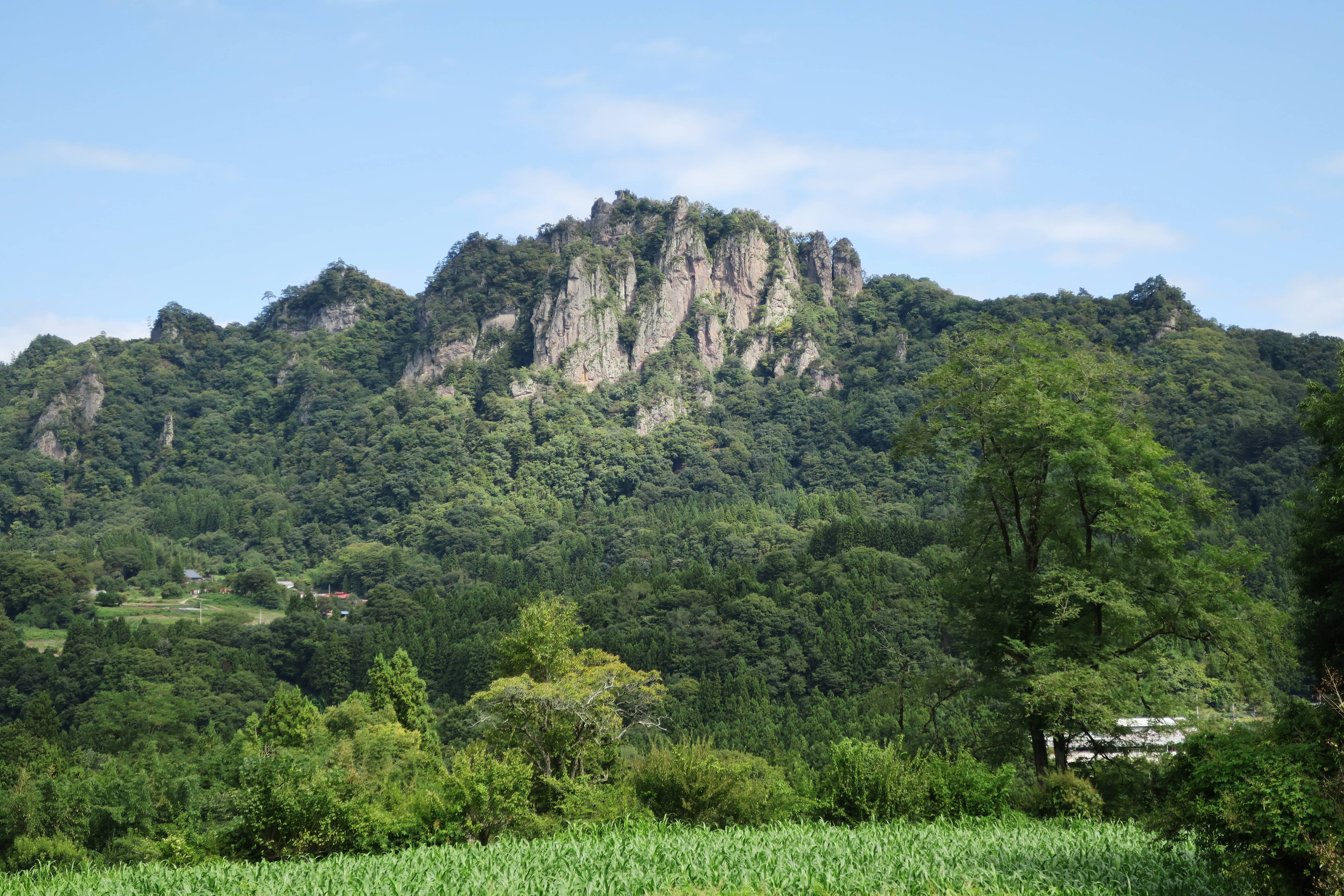|
Chiyonosuke Azuma
was a Japanese actor and '' Nihon-buyō'' dancer. He appeared in more than 40 films from 1954 to 1993. Biography Azuma was born on 19 August 1926, in Shinjuku, Tokyo. He attended the Tokyo University of the Arts, while studying Japanese dance under Bandō Mitsugorō VIII. He joined the Toei studio in 1954 and became a star after his debut film, ''Yukinojo henge'', was a hit. His films with Yorozuya Kinnosuke, such as the "Fuefuki Dōji" and "Beni Kujaku" series, were some of the more popular works during the golden age of jidaigeki in the 1950s. After leaving Toei in 1965, Azuma concentrated on teaching dance while occasionally appearing in film and on stage and television. Azuma died on 9 November 2000, in Tokyo, at the age of 74. Selected filmography *''Shinsengumi Oni Taicho'' (1954) *''Yukinojō henge - Fukushū no koi'' (1954) - Yukinojō Nakamura / Yamitarō *''Yukinojō henge - Fukushū no mai'' (1954) - Yukinojō Nakamura / Yamitarō *''Yukinojō henge - Fukushū ... [...More Info...] [...Related Items...] OR: [Wikipedia] [Google] [Baidu] |
Shinjuku-ku
, officially called Shinjuku City, is a Special wards of Tokyo, special ward of Tokyo, Japan. It is a major commercial and administrative center, housing the northern half of the busiest railway station in the world (Shinjuku Station) as well as the Tokyo Metropolitan Government Building, the administrative center of the Tokyo Metropolitan Government. , the ward has an estimated population of 346,235 and a population density of 18,232 people per km2. The total area is 18.23 km2. Since the end of World War II, Shinjuku has become a major secondary center of Tokyo (Tokyo Metro Fukutoshin Line#History, ''fukutoshin''), rivaling the original city center in Marunouchi. "Shinjuku" is also commonly used to refer to Shinjuku Station. The southern half of this area and majority of the station are in fact located in the neighboring Shibuya ward. History In 1634, during the Edo period, as the outer moat of the Edo Castle was built, a number of temples and shrines moved to the Yot ... [...More Info...] [...Related Items...] OR: [Wikipedia] [Google] [Baidu] |
Akō Rōshi (1961 Film)
is a 1961 color Japanese film about the 47 Ronin directed by Sadatsugu Matsuda. It earned ¥435 million at the annual box office, making it the second highest-grossing film of 1961. Ako Roshi was produced by Toei, and Shigeru Okada. It is based on the novel written by Jiro Osaragi. Cast See also * Forty-seven Ronin Other films about Forty-seven ronin: * '' The 47 Ronin'' (元禄忠臣蔵, Genroku chushingura) - 1941 film by Kenji Mizoguchi * '' Akō Rōshi: Ten no Maki, Chi no Maki'' (赤穂浪士 天の巻 地の巻) - 1956 film by Sadatsugu Matsuda * ''The Loyal 47 Ronin'' (忠臣蔵 Chushingura) - 1958 film by Kunio Watanabe, Daiei star-studded cast * '' Chushingura: Hana no Maki, Yuki no Maki'' - 1962 film by Hiroshi Inagaki, Toho star-studded cast * '' Nagadosu chūshingura'', 1962 action film by Kunio Watanabe * ''Daichūshingura'' (大忠臣蔵, Daichūshingura) - 1971 television dramatization * '' The Fall of Ako Castle'' (赤穂城断絶, Akō-jō danzets ... [...More Info...] [...Related Items...] OR: [Wikipedia] [Google] [Baidu] |
Japanese Male Dancers
Japanese may refer to: * Something from or related to Japan, an island country in East Asia * Japanese language, spoken mainly in Japan * Japanese people, the ethnic group that identifies with Japan through ancestry or culture ** Japanese diaspora, Japanese emigrants and their descendants around the world * Japanese citizens, nationals of Japan under Japanese nationality law ** Foreign-born Japanese, naturalized citizens of Japan * Japanese writing system, consisting of kanji and kana * Japanese cuisine, the food and food culture of Japan See also * List of Japanese people * * Japonica (other) * Japanese studies , sometimes known as Japanology in Europe, is a sub-field of area studies or East Asian studies involved in social sciences and humanities research on Japan. It incorporates fields such as the study of Japanese language, history, culture, litera ... {{disambiguation Language and nationality disambiguation pages ... [...More Info...] [...Related Items...] OR: [Wikipedia] [Google] [Baidu] |
Tokyo University Of The Arts Alumni
Tokyo, officially the Tokyo Metropolis, is the capital and most populous city in Japan. With a population of over 14 million in the city proper in 2023, it is one of the most populous urban areas in the world. The Greater Tokyo Area, which includes Tokyo and parts of six neighboring prefectures, is the most populous metropolitan area in the world, with 41 million residents . Lying at the head of Tokyo Bay, Tokyo is part of the Kantō region, on the central coast of Honshu, Japan's largest island. It is Japan's economic center and the seat of the Japanese government and the Emperor of Japan. The Tokyo Metropolitan Government administers Tokyo's central 23 special wards, which formerly made up Tokyo City; various commuter towns and suburbs in its western area; and two outlying island chains, the Tokyo Islands. Although most of the world recognizes Tokyo as a city, since 1943 its governing structure has been more akin to that of a prefecture, with an accompanying Governor an ... [...More Info...] [...Related Items...] OR: [Wikipedia] [Google] [Baidu] |
Japanese Male Television Actors
Japanese may refer to: * Something from or related to Japan, an island country in East Asia * Japanese language, spoken mainly in Japan * Japanese people, the ethnic group that identifies with Japan through ancestry or culture ** Japanese diaspora, Japanese emigrants and their descendants around the world * Japanese citizens, nationals of Japan under Japanese nationality law ** Foreign-born Japanese, naturalized citizens of Japan * Japanese writing system, consisting of kanji and kana * Japanese cuisine, the food and food culture of Japan See also * List of Japanese people * * Japonica (other) * Japanese studies , sometimes known as Japanology in Europe, is a sub-field of area studies or East Asian studies involved in social sciences and humanities research on Japan. It incorporates fields such as the study of Japanese language, history, culture, litera ... {{disambiguation Language and nationality disambiguation pages ... [...More Info...] [...Related Items...] OR: [Wikipedia] [Google] [Baidu] |
Artists From Tokyo
An artist is a person engaged in an activity related to creating art, practicing the arts, or demonstrating the work of art. The most common usage (in both everyday speech and academic discourse) refers to a practitioner in the visual arts only. However, the term is also often used in the entertainment business to refer to actors, musicians, singers, dancers and other performers, in which they are known as ''Artiste'' instead. ''Artiste'' (French) is a variant used in English in this context, but this use has become rare. The use of the term "artist" to describe writers is valid, but less common, and mostly restricted to contexts such as critics' reviews; "author" is generally used instead. Dictionary definitions The ''Oxford English Dictionary'' defines the older, broader meanings of the word "artist": * A learned person or Master of Arts * One who pursues a practical science, traditionally medicine, astrology, alchemy, chemistry * A follower of a pursuit in which s ... [...More Info...] [...Related Items...] OR: [Wikipedia] [Google] [Baidu] |
2000 Deaths
This is a list of lists of deaths of notable people, organized by year. New deaths articles are added to their respective month (e.g., Deaths in ) and then linked below. 2025 2024 2023 2022 2021 2020 2019 2018 2017 2016 2015 2014 2013 2012 2011 2010 2009 2008 2007 2006 2005 2004 2003 2002 2001 2000 1999 1998 1997 1996 1995 1994 1993 1992 1991 1990 1989 1988 1987 1986 Earlier years ''Deaths in years earlier than this can usually be found in the main articles of the years.'' See also * Lists of deaths by day * Deaths by year (category) {{DEFAULTSORT:deaths by year ... [...More Info...] [...Related Items...] OR: [Wikipedia] [Google] [Baidu] |
1926 Births
In Turkey, the year technically contained only 352 days. As Friday, December 18, 1926 ''(Julian Calendar)'' was followed by Saturday, January 1, 1927 '' (Gregorian Calendar)''. 13 days were dropped to make the switch. Turkey thus became the last country to officially adopt the Gregorian Calendar, which ended the 344-year calendrical switch around the world that took place in October, 1582 by virtue of the Papal Bull made by Pope Gregory XIII. Events January * January 3 – Theodoros Pangalos declares himself dictator in Greece. * January 8 **Ibn Saud is crowned ruler of the Kingdom of Hejaz. ** Crown Prince Nguyễn Phúc Vĩnh Thuy ascends the throne as Bảo Đại, the last monarch of the Nguyễn dynasty of the Kingdom of Vietnam. * January 16 – A British Broadcasting Company radio play by Ronald Knox about workers' revolution in London causes a panic among those who have not heard the preliminary announcement that it is a satire on broadcasting. * January 21 ... [...More Info...] [...Related Items...] OR: [Wikipedia] [Google] [Baidu] |
Yagyū Munetoshi
Yagyū Sekishūsai Taira-no-Munetoshi (柳生石舟斎平宗厳 1527 – May 25, 1606) was a samurai in Japan's Sengoku period famous for mastering the Shinkage-ryū school of combat, and introducing it to the Tokugawa clan. He was also known as Shinsuke, or Shinzaemon. Early life Munetoshi was born Yagyū Shinsuke in 1529 in Yagyū Village (present day Yagyū, Nara) in Yamato Province. His father, Ietoshi, was a minor landed lord. When Munetoshi was 12, Ietoshi joined a general named Kisawa Nagamasa in contesting the growing power of the warlord Miyoshi Chōkei. However, Kisawa was killed in battle, and the Yagyū found themselves on the defensive. With over half of Yamato Province under his control, Miyoshi left the rest of the conquest to his lieutenant, Tsutsui Junshō.Yagyū, Toshinaga ''Shōden Shinkage-ryū''. (1957, 1989) Kōdansha, reprinted by Shimazu Shobō, . The Tsutsui and the Yagyū had feuded previously, and Junshō wasted no time. In 1544 he ... [...More Info...] [...Related Items...] OR: [Wikipedia] [Google] [Baidu] |
Sanada Taiheiki (TV Series)
is a Japanese television jidaigeki or period drama that was broadcast on NHK in 1985–1986. It is based on Shōtarō Ikenami's novel Sanada Taiheiki. The drama focuses on the history of the Sanada clan during the late Sengoku period. The complete DVD box is available. Plot In 1582, Oda and Tokugawa allied forces started an invasion of Takeda`s Kai Province. so the Takeda clan was in danger of extinction. Sanada Masayuki advised Takeda Katsuyori to abandon Kai Province and flee towards Masayuki`s Iwabitsu Castle. Katsuyori accepted his suggestion once, but he changed his mind and tried to flee towards Oyamada Nobushige`s Iwadono Castle, but was betrayed by Oyamada Nobushige and killed himself at Tenmokuzan. Having lost their lord, the Sanada clan unexpectedly became a small daimyo. The Sanada clan seeks a way to survive. Production *Sword fight arranger - Kunishirō Hayashi Cast Sanada Clan * Tsunehiko Watase as Sanada Nobuyuki * Masao Kusakari as Sanada Nobushige ... [...More Info...] [...Related Items...] OR: [Wikipedia] [Google] [Baidu] |
Battle Fever J
is a live-action tokusatsu TV series. The third entry of the ''Super Sentai'' series franchise, ''Battle Fever J'' was produced by Toei Company in partnership with American comic book publisher Marvel Comics. A total of 52 episodes aired on TV Asahi from February 3, 1979, to January 26, 1980, following ''J.A.K.Q. Dengekitai'' and being followed by '' Denshi Sentai Denjiman''. The team have codenames named for countries around the world, also respectively named in their theme song: Battle France, Battle Cossack (Soviet Union), Battle Kenya, Miss America (United States) and Battle Japan. It marks the first appearance of a Black and Orange Ranger in the franchise. It was also the first series in the Super Sentai franchise where the heroes must control giant robots to defeat a monster who itself has grown to a gigantic size. Toei's tokusatsu adaptation of ''Spider-Man'' was the first to introduce this format and was also the inspiration for this and the subsequent entries in the Supe ... [...More Info...] [...Related Items...] OR: [Wikipedia] [Google] [Baidu] |




